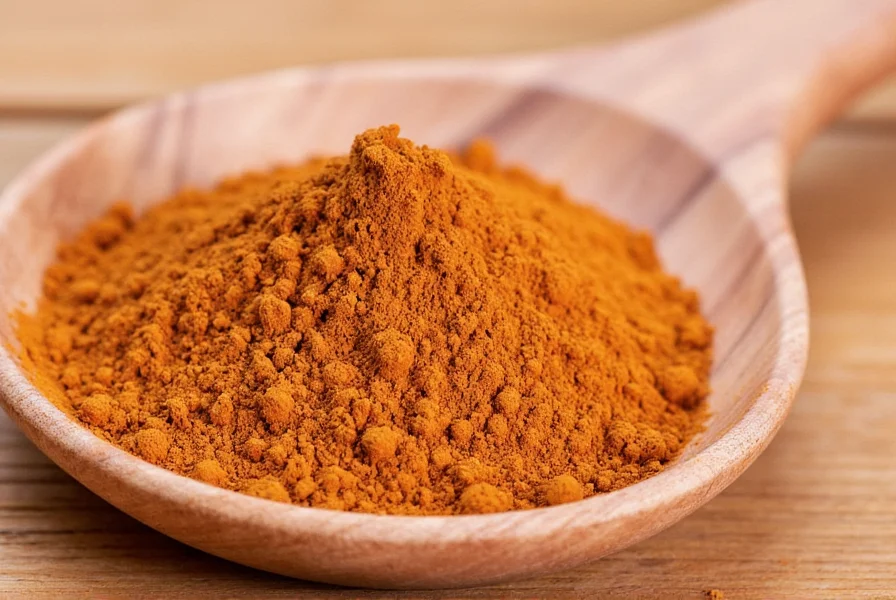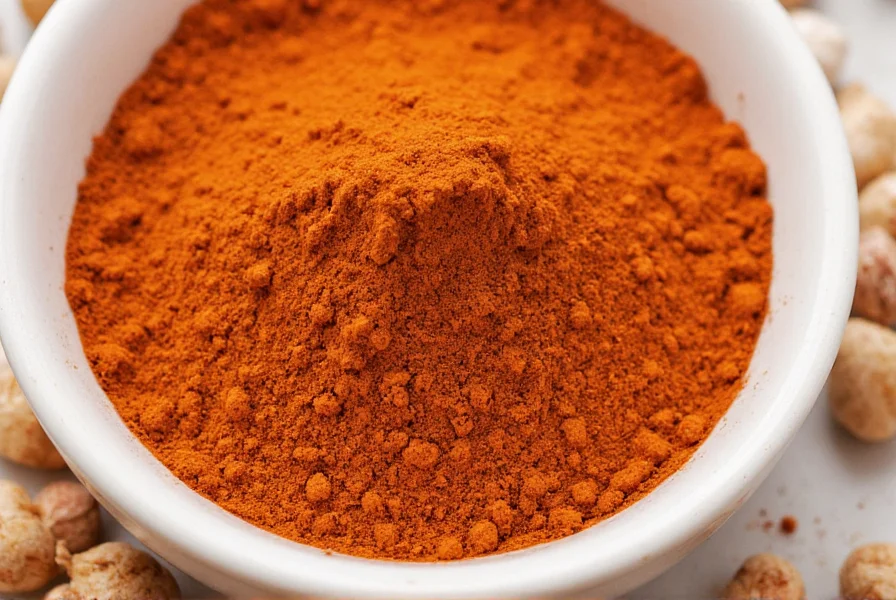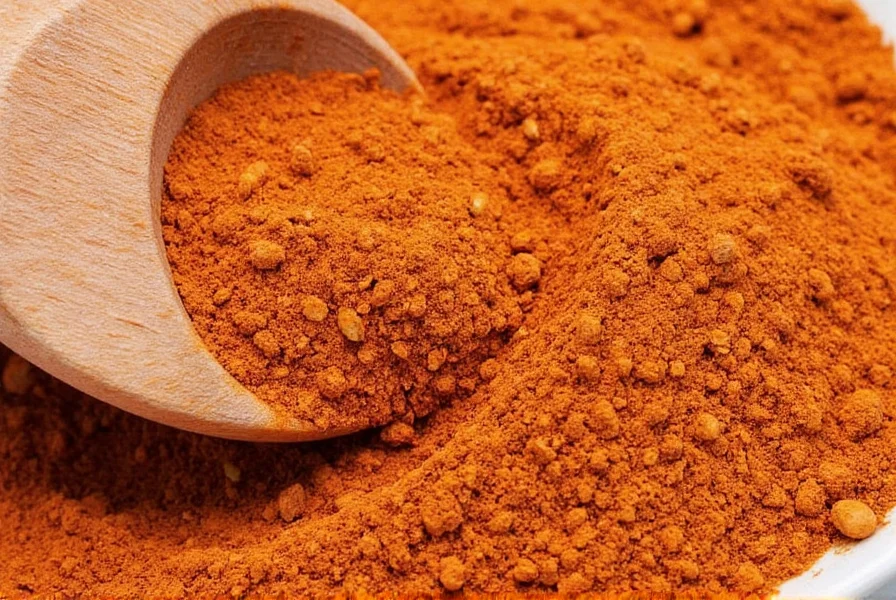Cumin powder is not inherently spicy or hot like chili peppers. It has a warm, earthy, and slightly bitter flavor profile with subtle citrus notes, but registers zero on the Scoville heat scale. The misconception that cumin is spicy likely stems from its frequent use in dishes containing actual hot peppers.
When exploring cumin powder flavor characteristics, many home cooks and culinary enthusiasts wonder about its heat level. Understanding the true nature of this ancient spice helps prevent recipe mishaps and enhances your seasoning precision. Unlike capsaicin-containing spices that trigger heat receptors, cumin's chemical composition creates warmth without actual spiciness.
What Makes Cumin Unique Among Spices
Cumin (Cuminum cyminum) belongs to the Apiaceae family, which includes parsley and caraway—not the nightshade family that contains chili peppers. Its primary flavor compounds are cuminaldehyde and cymene, which deliver earthy, nutty notes rather than capsaicin-induced heat. This difference between cumin and spicy ingredients explains why it's frequently misunderstood.
Many cultures use cumin alongside genuinely hot ingredients, creating an association between the two. In Mexican, Indian, and Middle Eastern cuisines, cumin often appears in dishes with chili peppers, leading some to mistakenly attribute the heat to cumin itself. Recognizing this common cumin flavor misconception helps cooks balance flavors more effectively.
| Spice | Scoville Heat Units | Primary Flavor Notes |
|---|---|---|
| Cumin powder | 0 SHU | Earthy, warm, nutty, slightly bitter |
| Cayenne pepper | 30,000-50,000 SHU | Sharp, intense heat, slightly fruity |
| Chipotle powder | 2,500-8,000 SHU | Smoky, medium heat, sweet undertones |
| Paprika | 0-500 SHU | Sweet, mild, sometimes smoky |
Why Cumin Feels Warm Without Being Spicy
The warmth you perceive when using cumin comes from its aromatic compounds interacting with your olfactory system, not from capsaicin triggering pain receptors. This earthy spice warmth explanation is crucial for understanding how to properly balance flavors in your cooking. Cumin's volatile oils create a sensation of warmth that's often confused with actual spiciness.
Professional chefs leverage cumin's warming properties to create depth in dishes without adding heat. When toasted properly, cumin releases additional flavor compounds that enhance its earthy profile. This proper cumin toasting technique maximizes flavor while maintaining its non-spicy nature. Simply heat a dry skillet over medium heat, add whole cumin seeds, and toast for 1-2 minutes until fragrant before grinding.

Culinary Applications and Pairing Guidance
Understanding that cumin isn't spicy opens up more precise seasoning possibilities. In Mexican cuisine, cumin provides earthy depth to chili con carne without contributing heat—those come from actual chili peppers. In Indian cooking, cumin works alongside turmeric and coriander in garam masala, where its warmth complements rather than competes with genuinely spicy elements.
For those seeking how to use cumin without adding heat, consider these applications:
- Add to bean dishes for earthy depth without spiciness
- Blend into dry rubs for meats where warmth is desired but heat isn't
- Mix with other warm spices like cinnamon and coriander for complex flavor without heat
- Use in vegetarian dishes to create meaty umami notes
When substituting cumin in recipes, remember that replacing it with genuinely spicy ingredients will dramatically alter your dish's flavor profile. This accurate cumin substitution guidance prevents unintended heat levels in your cooking.

Addressing Common Cumin Misconceptions
One persistent myth is that certain brands of cumin are spicier than others. In reality, all pure cumin powder shares the same fundamental flavor chemistry. What varies is freshness—older cumin loses its aromatic compounds, potentially creating a more bitter profile that some mistake for spiciness. This cumin freshness impact on flavor explains why properly stored, fresh cumin delivers the best results.
Another misconception involves cumin's role in "spicy" dishes. When recipes call for both cumin and chili powder, the cumin enhances the overall flavor complexity while the chili powder provides actual heat. Understanding this distinction between flavor enhancers and heat sources gives you greater control in the kitchen.
Practical Usage Tips for Home Cooks
To maximize cumin's flavor without introducing unwanted heat:
- Store cumin in an airtight container away from light and heat
- Grind whole seeds just before use for optimal flavor
- Toast seeds lightly to enhance earthy notes
- Start with 1/4 teaspoon per serving and adjust to taste
- Pair with acidic ingredients like lime juice to balance bitterness
For those sensitive to strong flavors, this mild cumin usage for sensitive palates approach ensures you can enjoy its benefits without overwhelming your dish. Remember that cumin's flavor intensifies over time, so allow dishes containing cumin to rest before final seasoning adjustments.
Frequently Asked Questions
Is cumin powder actually spicy or hot?
No, cumin powder is not spicy or hot. It has a warm, earthy flavor but contains no capsaicin, so it registers zero on the Scoville heat scale. The misconception comes from its frequent use in dishes with genuinely spicy ingredients.
Why do some people think cumin is spicy?
People often confuse cumin's warming flavor profile with actual spiciness. Since cumin is commonly used alongside chili peppers in many cuisines, the association leads to the mistaken belief that cumin itself is spicy.
Can I substitute cumin for spicy ingredients in recipes?
No, cumin cannot substitute for genuinely spicy ingredients like chili powder or cayenne pepper. Cumin provides earthy warmth without heat, so replacing spicy ingredients with cumin will result in a completely different flavor profile without the expected heat.
How can I use cumin to add warmth without spiciness?
Toast whole cumin seeds in a dry skillet for 1-2 minutes until fragrant, then grind. Use 1/4 to 1/2 teaspoon per serving in bean dishes, rubs, or stews where you want earthy depth without heat. Pair with acidic ingredients like lime juice to balance flavors.
Does cumin get spicier over time in cooked dishes?
Cumin doesn't become spicier, but its flavor does intensify and mellow as it cooks. The earthy notes become more integrated with other ingredients. Unlike capsaicin-based heat which can intensify, cumin's warmth remains consistent without actual spiciness developing over time.











 浙公网安备
33010002000092号
浙公网安备
33010002000092号 浙B2-20120091-4
浙B2-20120091-4